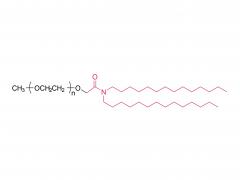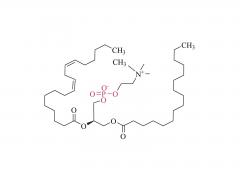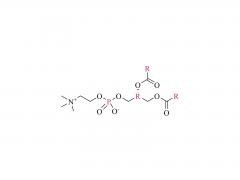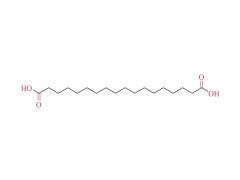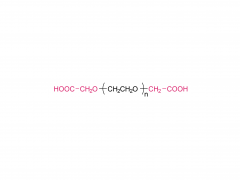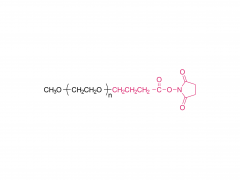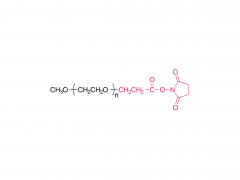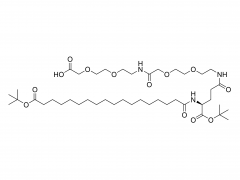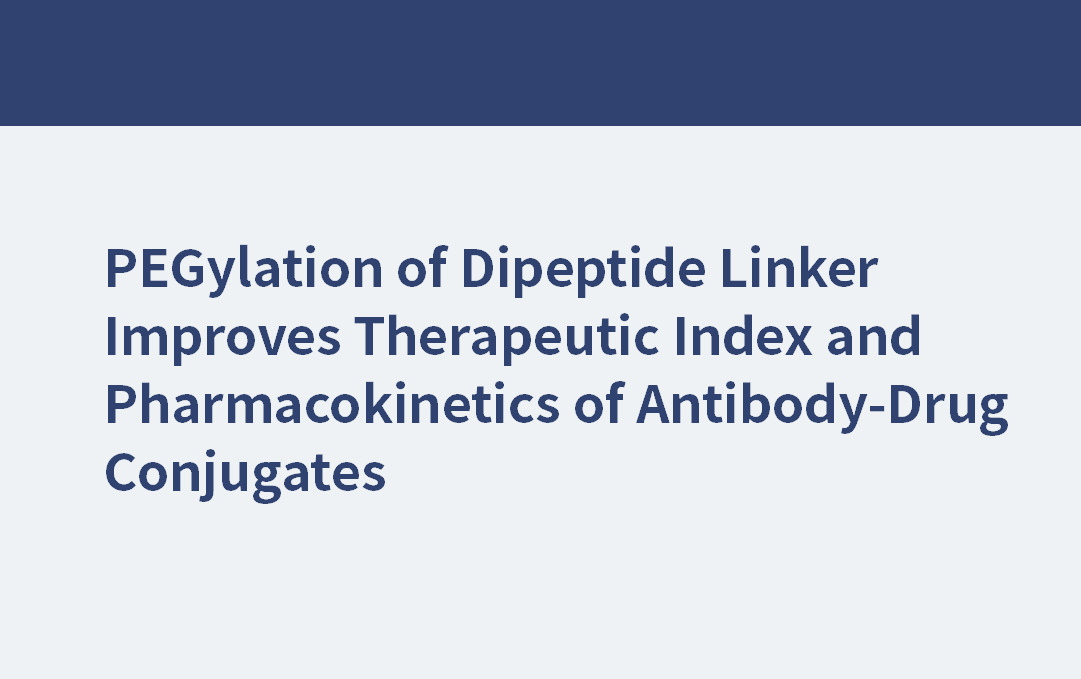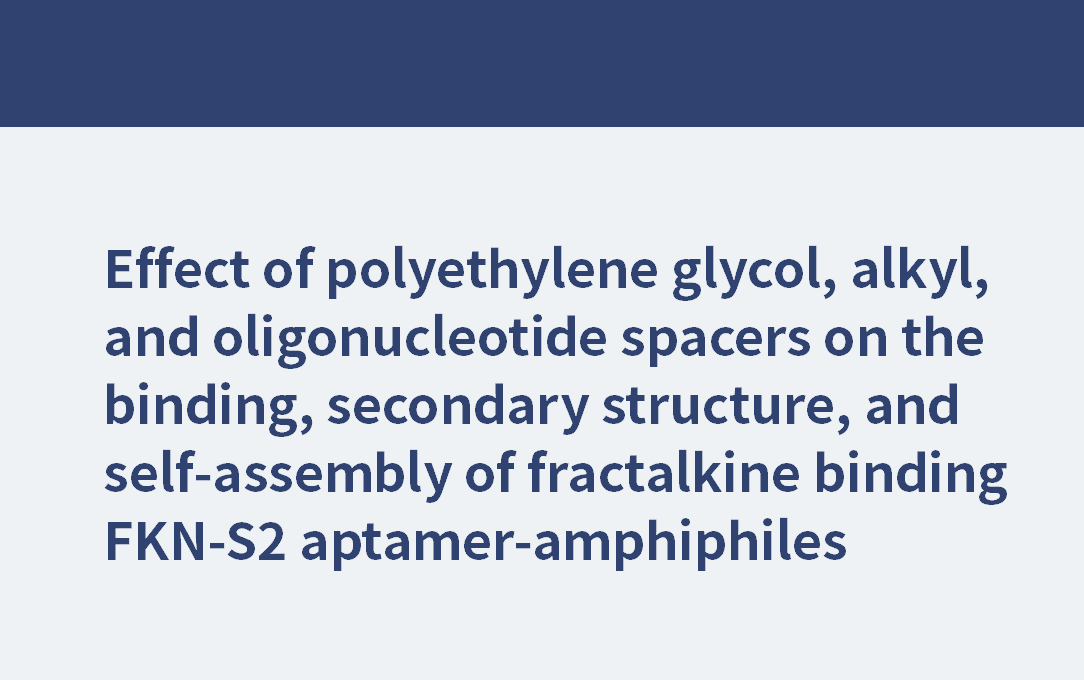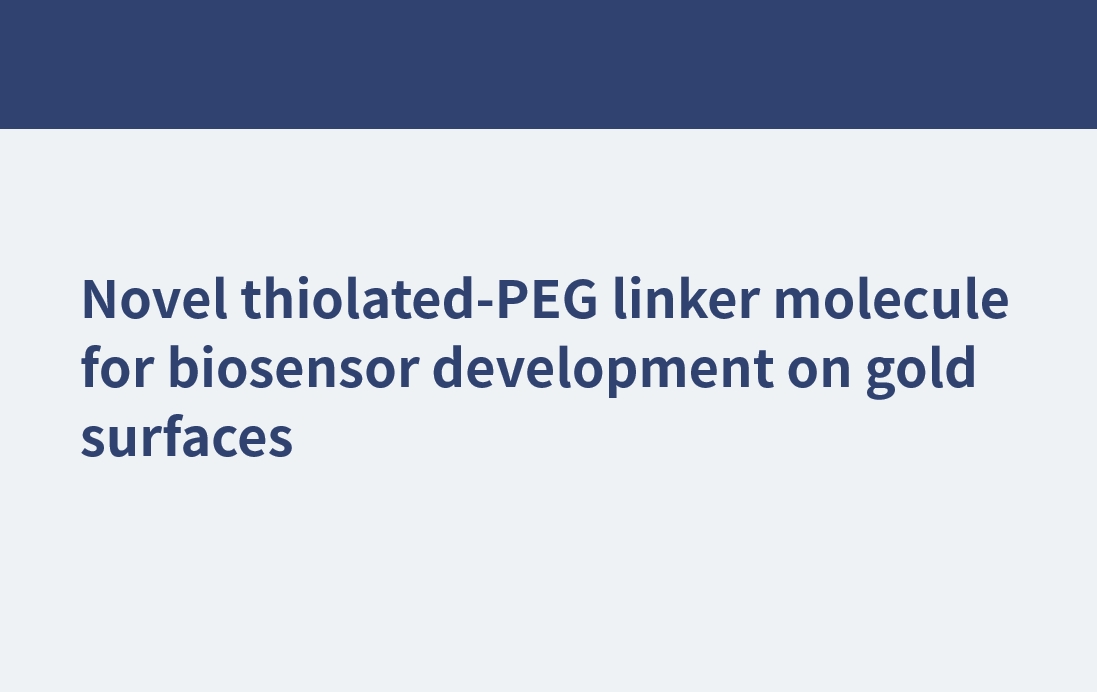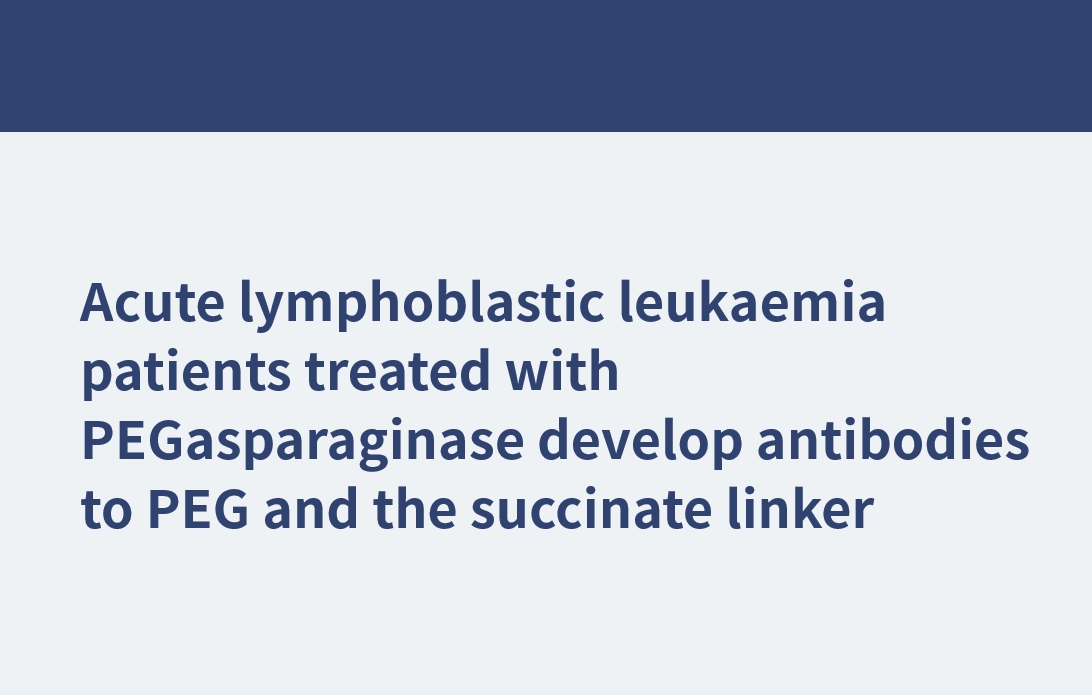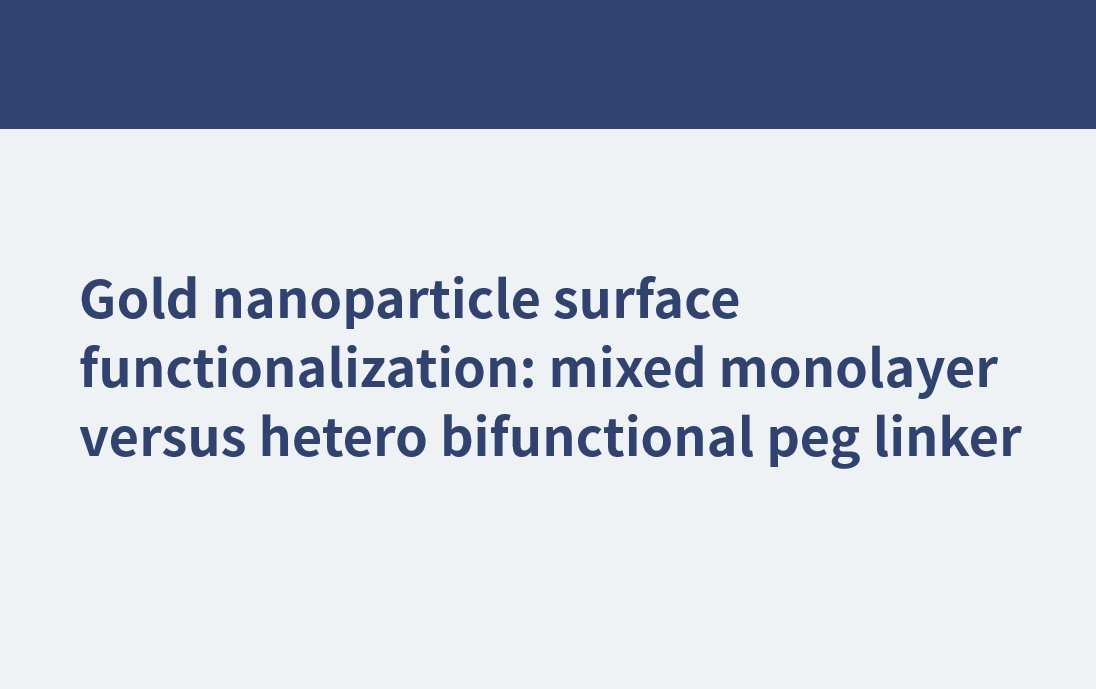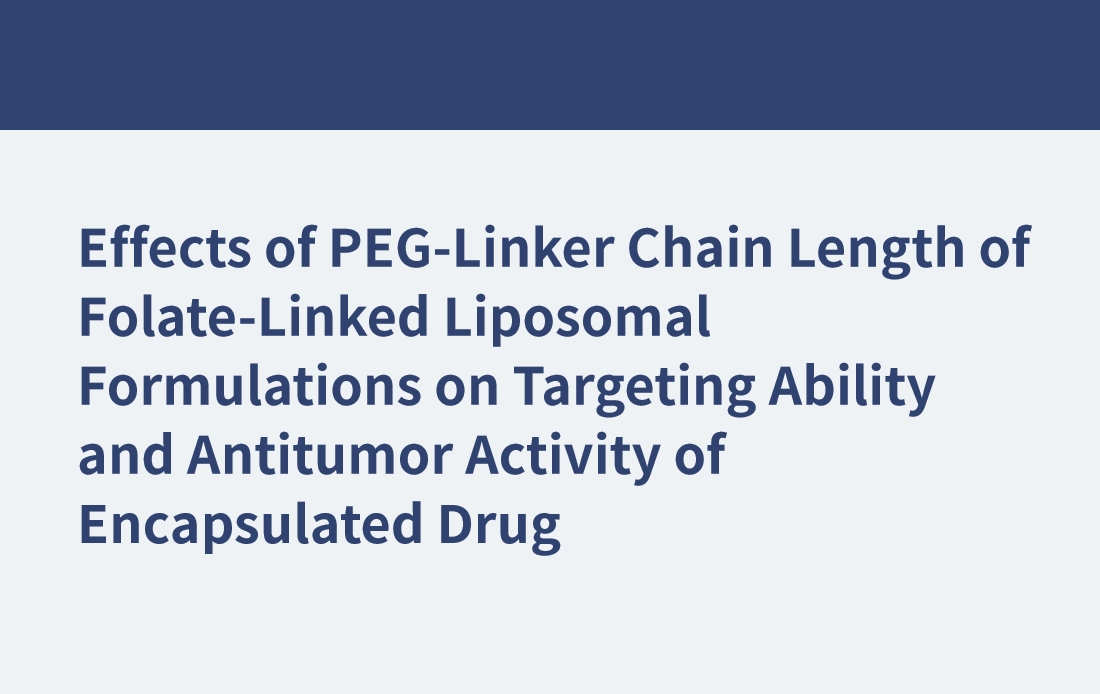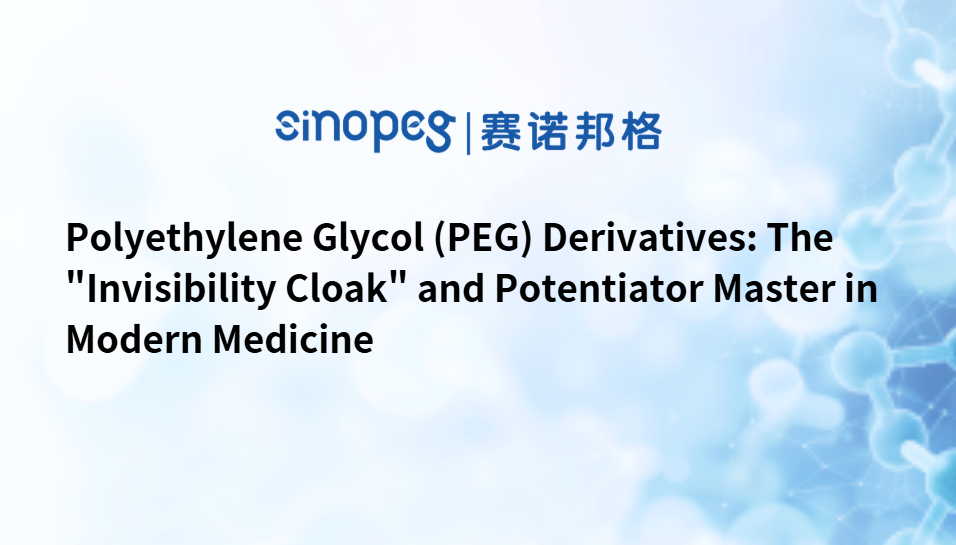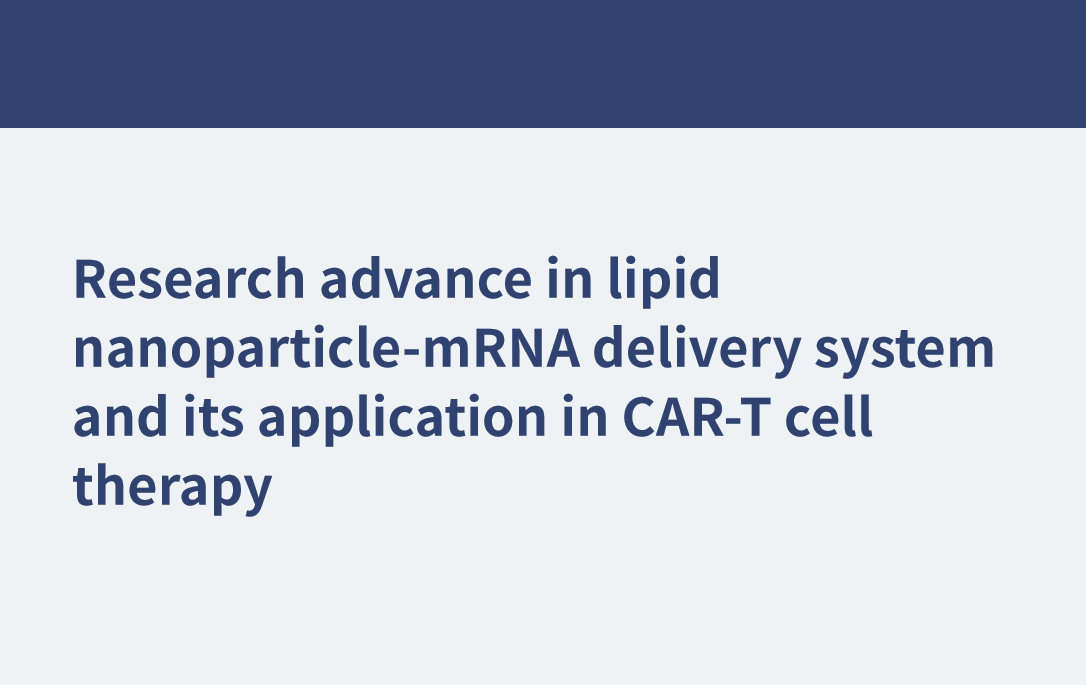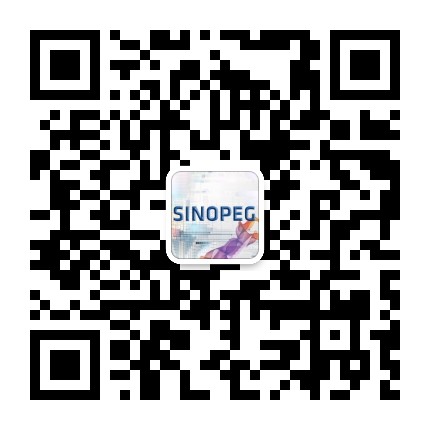Bioconjug Chem. 2025 Feb 19;36(2):179-189. doi: 10.1021/acs.bioconjchem.4c00392. Epub 2025 Jan 20. PEGylation of Dipeptide Linker Improves Therapeutic Index and Pharmacokinetics of Antibody-Drug Conjugates Abstract Hydrophobic payloads incorporated into antibody-drug conjugates (ADCs) typically are superior to hydrophilic ones in tumor penetration and "bystander killing" upon release from ADCs. However, they are prone to aggregation and accelerated plasma clearance, which lead to reduced efficacies and increased toxicities of ADC molecules. Shielding the hydrophobicity of payloads by incorporating polyethylene glycol (PEG) elements or sugar groups into the ADC linkers has emerged as a viable alternative to directly adopting hydrophilic payloads. In this study, ADC linkers incorporating PEG or sugar groups were synthesized by modifying dipeptide linkers, with hydrophobic monomethyl auristatin E (MMAE) serving as an exemplary hydrophobic payload. All drug-linkers (DLs) were conjugated to RS7, a humanized antibody targeting Trop-2, with drug-to-antibody ratio (DAR) values set at 4 or 8. Among these, the ADC molecule RS7-DL 11, featuring a methyl-PEG24 (mPEG24) moiety as a side chain to the Valine-Lysine-PAB (VK) linker, demonstrated maximum hydrophilicity, biophysical stability, and tumor suppression, along with prolonged half-life and enhanced animal tolerability. In conclusion, through PEGylation of the traditional dipeptide linker, we have demonstrated an optimized ADC conjugation technology that can be employed for conjugating ultrahydrophobic payloads, thus enhancing both the therapeutic index and pharmacokinetics profile.
View More







